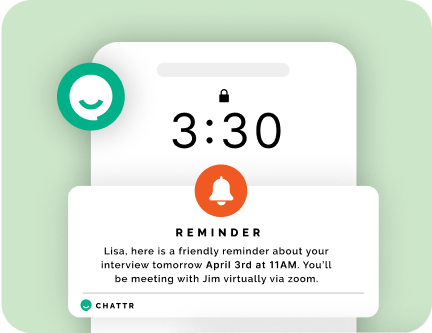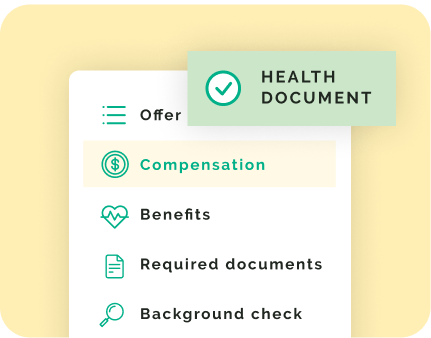For companies relying on hourly workers, culture greatly impacts recruitment, retention, and performance. Continuously assess culture through anonymous surveys, revealing focus groups, insightful exit interviews, and key performance indicators. Then, address insights through meaningful change.
Conduct Anonymous Employee Surveys
Regularly survey all staffers—from part-time hourly employees to salaried executives—to gauge culture sentiment confidentially without fear of retaliation. Poll people on inclusion, belonging, manager support, alignment around company values, and overall engagement.
Ask targeted questions on communication, growth opportunities, teamwork, leadership access, workload balance, and areas unique to your organization. Leave ample space for open-ended feedback to surface issues anonymously.
Administer surveys at least annually, but consider quarterly or biannual pacing to spot trends faster. Vary participant groups and customize questions to probe different facets over time. Analyze results segmented by tenure, role type, location, or level to reveal variances in cultural experience.
According to workplace culture experts, anonymous surveys allow for the safe collection of unfiltered perspectives from all employees. Positive scores indicate a healthy culture, while low marks pinpoint risks requiring intervention. Follow up with focus groups to dig into critical feedback qualitatively.
Response rates themselves reveal engagement, as low participation indicates cultural problems. Set participation goals to drive accountability around surveying being prioritized company-wide.
Run Focus Groups on Culture
In interactive focus group sessions, discuss what defines and differentiates your real culture versus the ideal, aspirational culture stated in values. Probe how lived experiences align with brand messaging around inclusion, support, and belonging.
Identify areas of disconnect between actual employee experiences and aspirational ideals. Ask open-ended questions sparking honest conversations around cultural strengths to amplify and weaknesses to improve:
– What cultural traits make you proud to work here? When do you feel most engaged?
– Where do we fall short of expectations? How can we close gaps?
– How would you describe trust, inclusion, and belonging levels between teams?
– What causes communication breakdowns or bottlenecks?
Document insights surfaced to incorporate employee perspectives into culture strategy. Train unbiased facilitators on fostering psychological safety for candid sharing without fear of judgment.
Gather Insights from Exit Interviews
Understand cultural weaknesses or misalignment causing turnover through careful exit interviews. Ask about the values, inclusion, growth opportunities, leadership access, workload balance, and other cultural factors influencing the decision to leave.
Look for trends revealing if certain populations like millennials, minorities, introverts, or part-time staffers feel less culturally supported or engaged. Track whether more tenured employees cite shifts away from why they originally joined.
When multiple exiting employees independently share similar concerns around culture, take note as likely indicative of larger issues. If culture is cited often, it likely signifies underlying problems colleagues remaining may also perceive but haven’t yet surfaced.
Analyze exit data segmented by role, tenure, team, and other variables to identify populations at higher retention risk due to culture concerns. Are specific locations or departments seeing higher quit rates tied to cultural issues?
Set Culture Metrics and Goals
Establish quantitative key performance indicators (KPIs), allowing tracking of culture sentiment over time. Monitor metrics like:
– eNPS – Employee Net Promoter Score
– Retention rate
– Employee satisfaction/engagement scores
– Participation rates in surveys and initiatives
– Volunteering participation
Set quarterly or annual targets for improving sentiment, reducing negativity, and increasing participation. For example, boosting eNPS by 25% or achieving over 80% engagement survey response rate company-wide. Celebrate interim progress towards long-term culture goals.
Tie metrics to leadership scorecards at every level for accountability. Share reports showing group performance on culture metrics during manager meetings. According to researchers, what gets measured with transparency and goals gets prioritized for improvement.
Address Insights Through Change
Close gaps surfaced in assessments by addressing unmet needs around growth, inclusion, support, communication, and values commitment revealed in data. Expand programming nurturing areas employees identify as lacking.
If career development is desired, invest in mentorships, cross-training, and skills building, enabling advancement paths. Foster inclusion through expanded diversity education and recruiting.
Strengthen connection to mission and values by discussing examples reinforcing why the work matters. Evolve policies, training, or manager support around wellbeing if burnout risks emerge.
But also continue gathering employee perspectives over time since culture requires constant nurturing. Improvement is ongoing, not a one-time fix. Change efforts show you’re listening and responsive even if not every issue is addressed immediately.
Thank participants, share themes, and celebrate wins by implementing suggested changes, like refreshed values messaging or new health benefits. Demonstrating genuine commitment gains buy-in critical for success.
Leveraging candid insights and key performance indicators to frequently reassess and respond to employee needs through meaningful change enhances cultures, empowering hourly teams.
Conclusion
Chattr provides an integrated platform enabling you to execute continuous hiring seamlessly across sourcing, screening, hiring, and onboarding. Their automated workflows and real-time analytics simplify managing high-volume hourly hiring.












